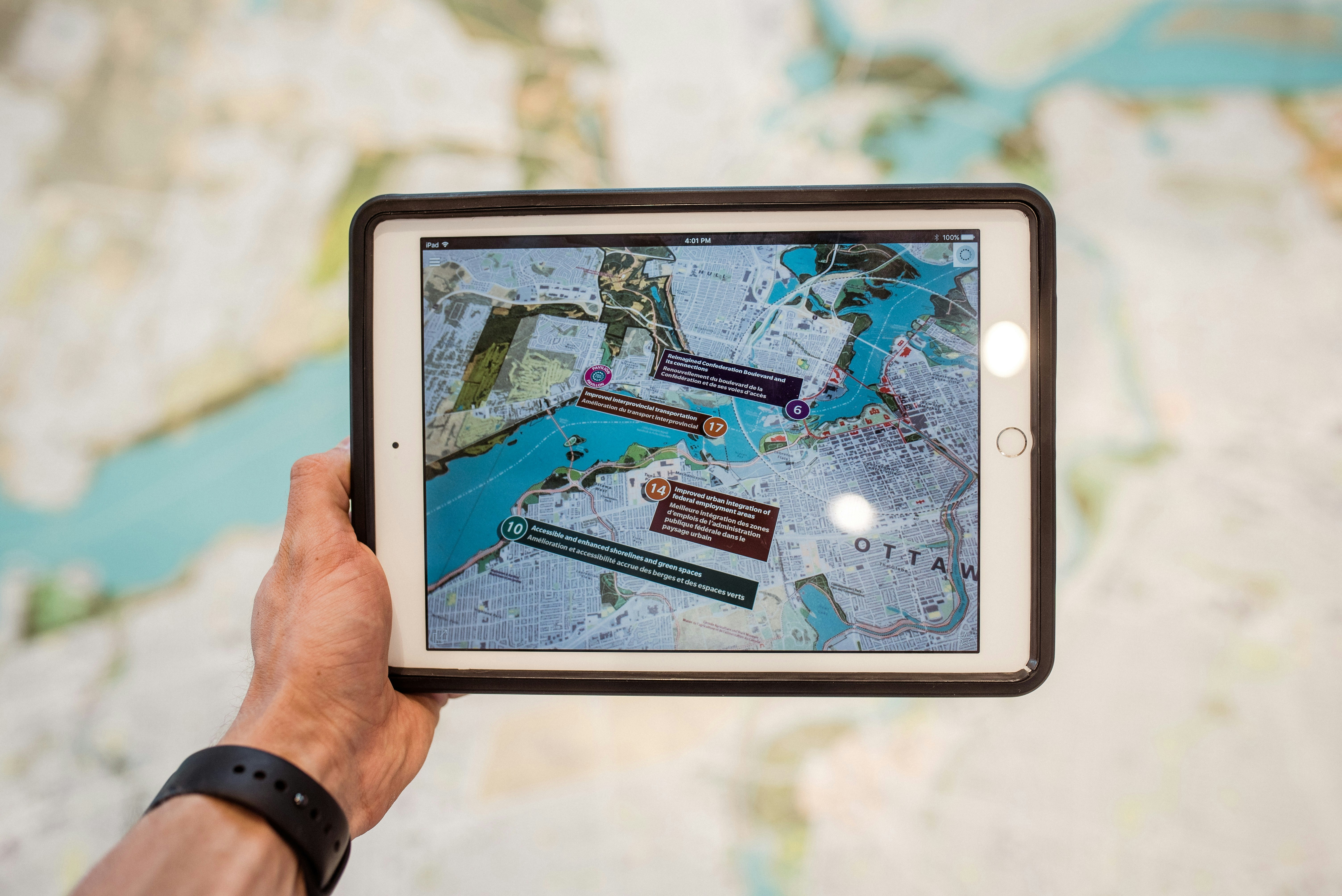Effective Methods for Public Comments in Urban Planning

Urban planning is a critical field that shapes our cities' and communities' growth and development. Effective communication and collaboration between urban planners and the public are at the heart of successful urban planning. Public comments are not just opinions but valuable insights that can significantly influence the planning and development process. However, managing commentary from the public has its challenges. It requires a structured approach to ensure that every voice is heard and the feedback collected is constructive and actionable.
The Importance of Public Comments in Urban Planning
Public comments are essential in urban planning for several reasons:
-
Community Insight: residents uniquely understand their community's needs, challenges and opportunities. Their input can provide planners with context and perspective that might not be evident from maps and models alone.
-
Transparency and Trust: an open dialogue between planners and the public fosters transparency. When community members feel their input is valued and considered, it builds trust in the planning process.
-
Better Outcomes: involving the public in planning can lead to more comprehensive and sustainable solutions. It ensures that the plans align with the community's vision and values.
Strategies for Managing Public Comments Effectively
-
Diverse Channels for Feedback: provide multiple avenues for public input, including town hall meetings, online forums, surveys and social media platforms. This diversity ensures inclusivity, allowing people with different preferences and schedules to participate.
-
Clear Communication: clearly articulate the project's goals, the scope of public influence and how urban planners will use the feedback. Clear communication sets realistic expectations and guides the public in providing focused and valuable comments.
-
Structured Feedback Mechanisms: use structured formats for collecting feedback, such as surveys with specific questions or comment forms with clear guidelines. A solid structure can help gather targeted insights and make the feedback analysis more manageable.
-
Active Listening and Engagement: show genuine interest in the public's input. Ask clarifying questions and engage in discussions. This yields better insights and makes the community feel respected and valued.
-
Feedback Analysis and Reporting: analyze the feedback systematically to identify common themes, concerns and suggestions. Report back to the community on how their input has influenced the planning process. This demonstrates accountability and closes the feedback loop.
-
Ongoing Engagement: treat public engagement as an ongoing process, not a one-time event. Regular updates, meetings and reports can keep the community involved and informed throughout the planning process.
Challenges and Solutions
While public comments are invaluable, managing them can be challenging. Planners may face issues like overwhelming amounts of feedback, conflicting opinions or feedback that is not constructive. To address these challenges, it's essential to:
-
Prioritize Feedback: not all feedback will be equally relevant or actionable. Prioritizing comments based on the project's goals and the community's needs will help bring the most important feedback to light.
-
Seek Expertise: sometimes, public comments may require technical evaluation. Involving experts can help in assessing the feasibility and implications of the feedback.
-
Conflict Resolution: facilitate discussions and workshops to address conflicting opinions. Finding common ground or compromises leads to more robust and accepted solutions.
-
Educate and Inform: sometimes, the public might not have all the information needed to provide constructive feedback. Providing educational resources and detailed project information can empower the community to make informed comments.
Conclusion
Effective management of public comments is not just about collecting opinions; it's about fostering a collaborative environment where the community's voice actively shapes the future of their living spaces. By employing structured, inclusive and respectful approaches to managing public commentary, urban planners can ensure that the planning process is not just about building spaces but about building communities. For more insights and tools to manage public comments effectively in urban planning, visit smartcomment.com/contact-us or call (310) 977-8579 to set up a software demo today.



 Blog Homepage
Blog Homepage
 Previous Blog Post
Previous Blog Post
